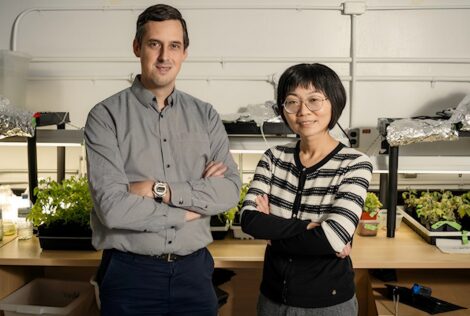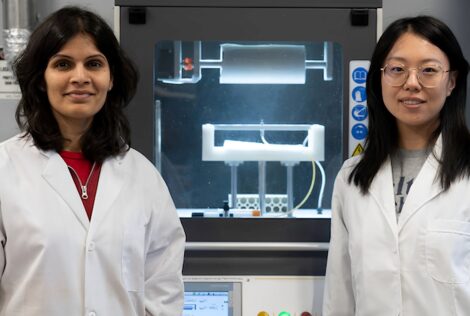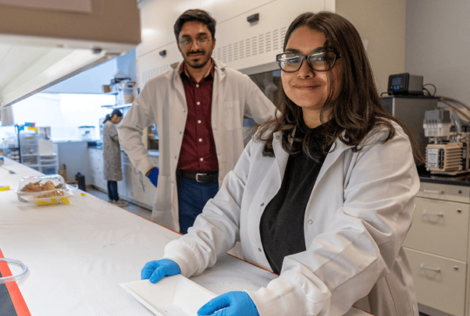
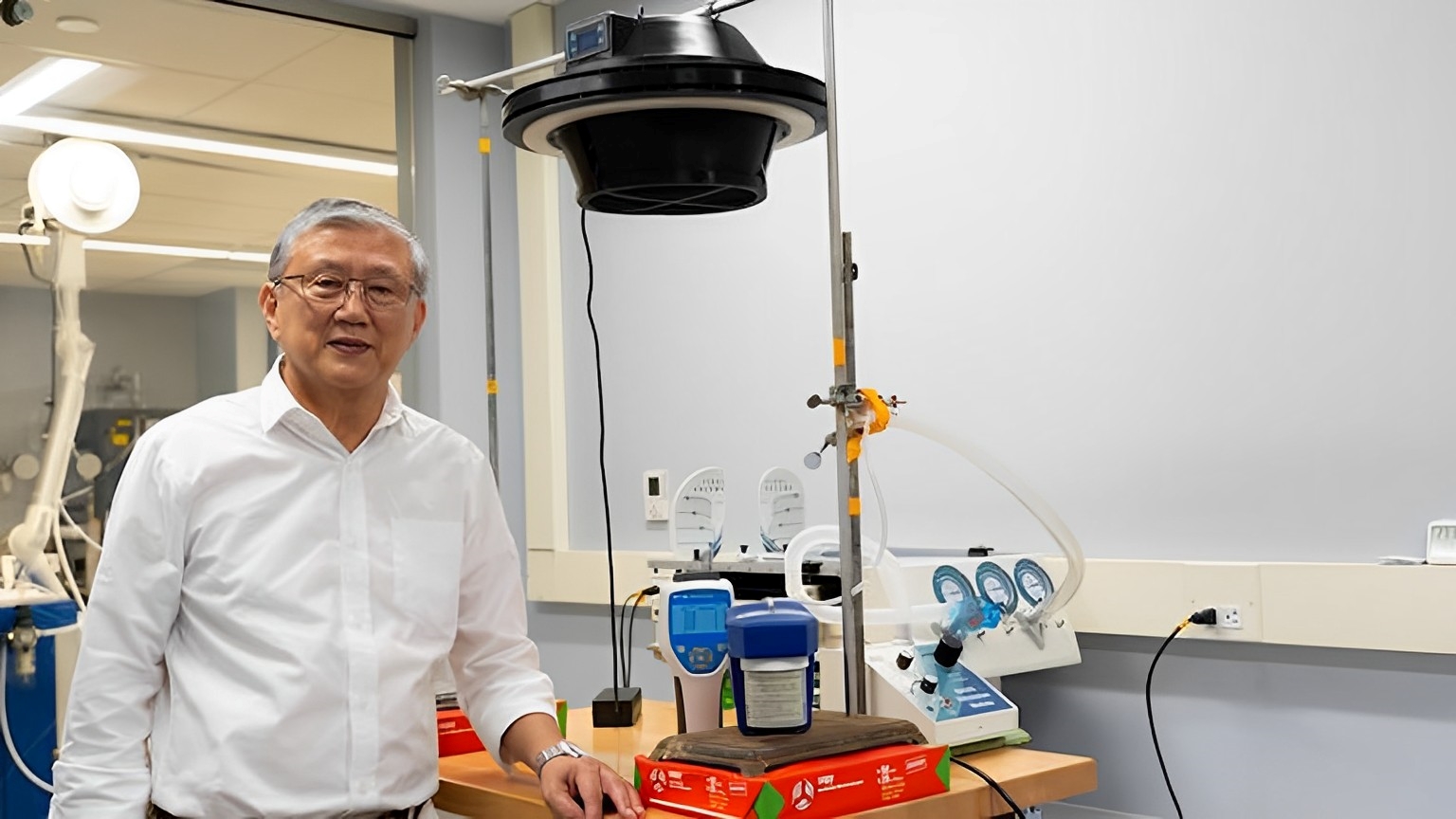
McMaster’s Centre of Excellence in Protective Equipment and Materials (CEPEM) was established shortly after the outbreak of COVID-19 to help develop the next generation of personal protective equipment (PPE).
This year, a team of CEPEM researchers expanded their repertoire when they were approached by a Toronto-based startup, AGS Zephyr, to validate the effectiveness of an air purification system with the potential to slow the spread of COVID-19.
George Goto, Chief Technology Officer of AGS Zephyr, is a retired engineer who has spent his life developing products that solve specific problems. When he witnessed the difficulty of ensuring safe conditions in restaurants, boardrooms, and other indoor meeting areas during the pandemic, he began to envision an air purification system that could measurably outperform a central HVAC system or portable air purifier.
“Virus spread happens most easily when people are sitting in a meeting or having a meal together,” Goto says.
When the pandemic hit, people started bringing portable HEPA filter air purifiers into a room and trying to clean the whole space by brute force. But that’s not helpful when an infected person shedding the virus is sitting across from you and coughing. We needed something even more localized.
Goto shared his idea for a localized air purification system with Sam Alesio and Robert Sowka, two friends with extensive product and business development experience. Together, they created the Personal Zone Air Purification System (PZAP), an overhung air purification device that captures any shed virus and returns filtered air to the people sitting around a table.
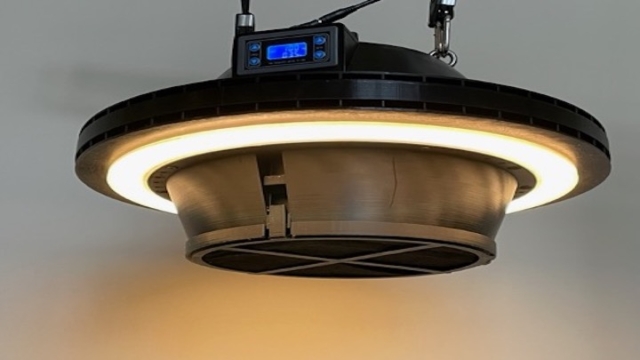
Early on in the development process, the founders of AGS Zephyr identified the need for a reputable research organization to test and validate their product. In CEPEM, they found an ideal partner for putting PZAP through a series of rigorous tests. Researchers Chan Ching and Rakesh Sahu immediately recognized the value of a product that could reduce virus spread in close quarters—if it worked.
To test PZAP, the team lead by Ching and Sahu designed and set up an experimental facility with breathing simulators and particle generators to carefully mimic the talking, coughing, and sneezing of two or more people around a table. They tested with simulated groups of two, four, six and larger, while introducing various particle sizes to approximate COVID-19 and other viral particles.
It took several months to set up the lab and several months more to complete the validation, but the result was well worth the effort.
We can confirm that PZAP has an 80 to 90% efficiency rate. There is no doubt that this product will provide an additional layer of protection in indoor settings where people are in close proximity to each other and help us safely resume our normal activities.
Buoyed by the positive news out of the CEPEM lab, the AGS Zephyr team is in the process of testing functional prototypes of PZAP in commercial and industrial settings and soliciting customer feedback.
The CEPEM team and AGS Zephyr plan to continue collaborating to develop future generations of PZAP in their lab. “It has been rewarding for everyone on our team to work on a project with such direct human impact,” says Sahu. “We look forward to harnessing our collective energy and knowledge to support this innovation into the future.”
To learn more about PZAP or request a prototype for your business, visit www.agszephyr.com or email Sam Alesio at samalesio@agszephyr.com.

